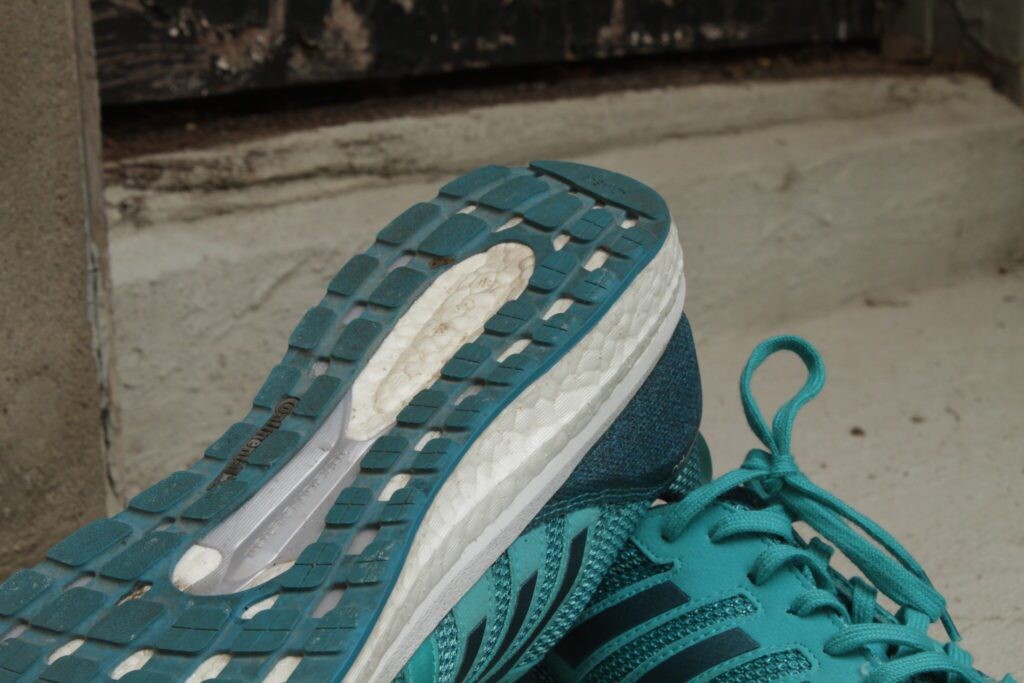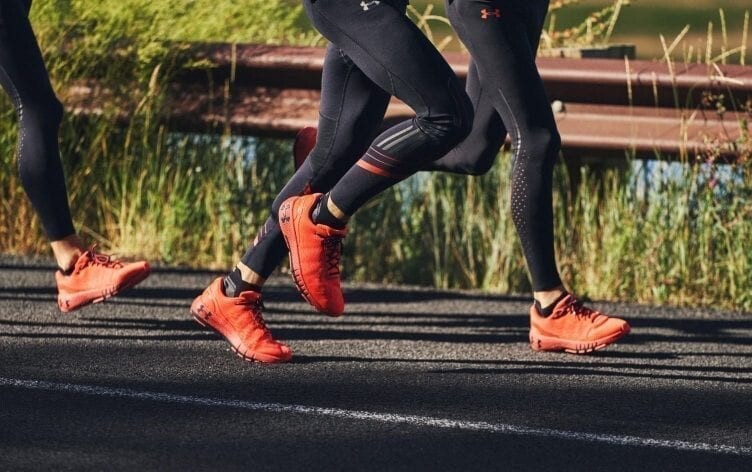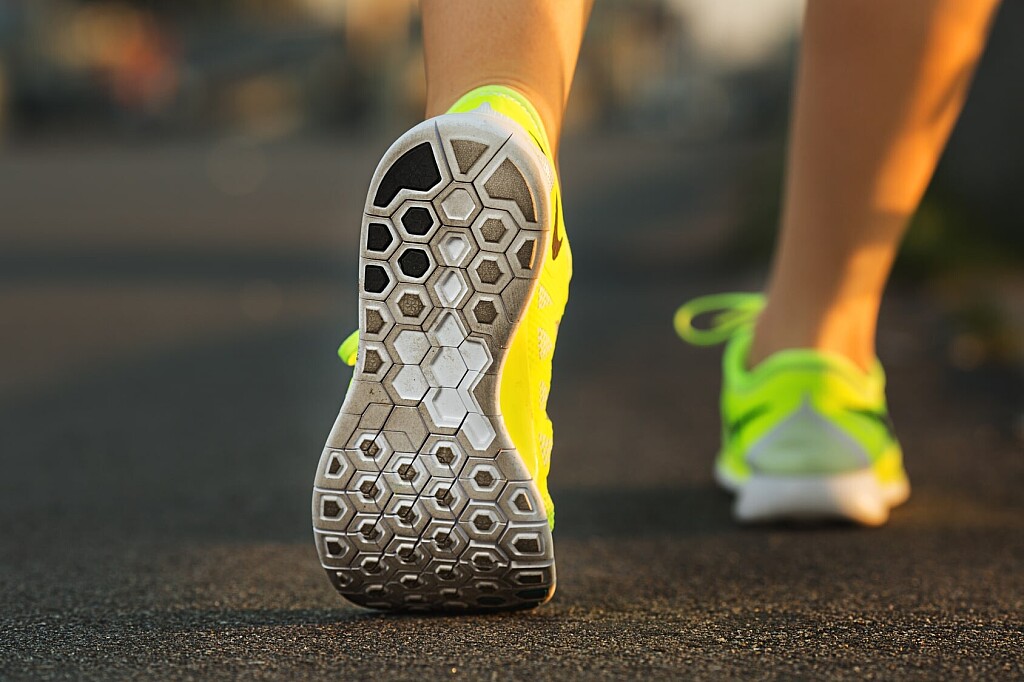Running News Daily
Running News Daily is edited by Bob Anderson. Send your news items to bob@mybestruns.com Advertising opportunities available. Train the Kenyan Way at KATA Kenya and Portugal owned and operated by Bob Anderson. Be sure to catch our movie A Long Run the movie KATA Running Camps and KATA Potato Farms - 31 now open in Kenya! https://kata.ke/
Index to Daily Posts · Sign Up For Updates · Run The World Feed
What does your running shoe wear pattern tell you?
Wasn’t it Forrest Gump who said that there’s an awful lot you can tell about a person by their shoes? Your running shoes can tell a pretty good story of your running gait and how and where your body makes an impact with the ground. And your gait can tell you the areas of your body you need to work on to strengthen your stride. When buying a new pair of running shoes, your best bet is to read the outsole on your current pair to get an idea of what to look for in your next shoe.
The first step is to look at the wear pattern on a pair of your old running shoes; the more recently they’ve been used, the better (but they should be well used). Don’t use a pair that you walk in, as walking is a different motion to running and will create a different wear pattern, making it hard to get a good read on what’s going on with your gait.

The heel-striker
If your shoes are completely worn down at the back of the heel, it’s a sign that you are overstriding (landing in front of your body). You may want to try a pair of shoes with a lower drop, without an elevated heel as a technique to help you stop over-striding, which can develop a more natural stride. Another way you can combat heel-striking is by not letting your elbows swing forward past your hips when running.

If there’s more wear on the inside (medial side) of your heel, you may want to consider a stability shoe that helps prevent overpronation. The opposite is supination, in which you’d see more wear on the outside heel. Most of the major running brands don’t make a specific shoe for supination but a majority of supinators wear a high cushioned shoe to absorb the impact of the ground.
The midfoot-striker
This is the most popular technique for runners. If there’s wear and tear right down the middle of the shoe, it’s usually a sign that you are wearing the right pair. A midfoot strike allows your body to absorb the impact better, equally distributing your body weight and allowing you to run more efficiently.
When buying a new pair, midfoot strikers have the luxury to stick with what they are wearing or to try a mid-to-lightweight shoe to optimize their speed on training runs.
The forefoot striker
A forefoot strike may seem efficient and fast, but it is the least common running foot strike as it’s unnatural for runners. If there’s tons of wear around the toe area, it’s a sign that you are a forefoot striker. This strike can be commonly described as running on your toes and is prone to cause tight calves or Achilles issues. Those who have a forefoot strike are recommended to wear shoes with a higher drop, which is the difference in millimeters between the heel and toe, to alleviate calf or Achilles pain.
Next time you are at your local running store, try on several pairs. Bring your old pair of shoes with you to give the salesperson an understanding of your stride, and a frame of reference for what you need in your next pair. Then buy the one that feels the most comfortable.
by Marley Dickinson
Login to leave a comment




